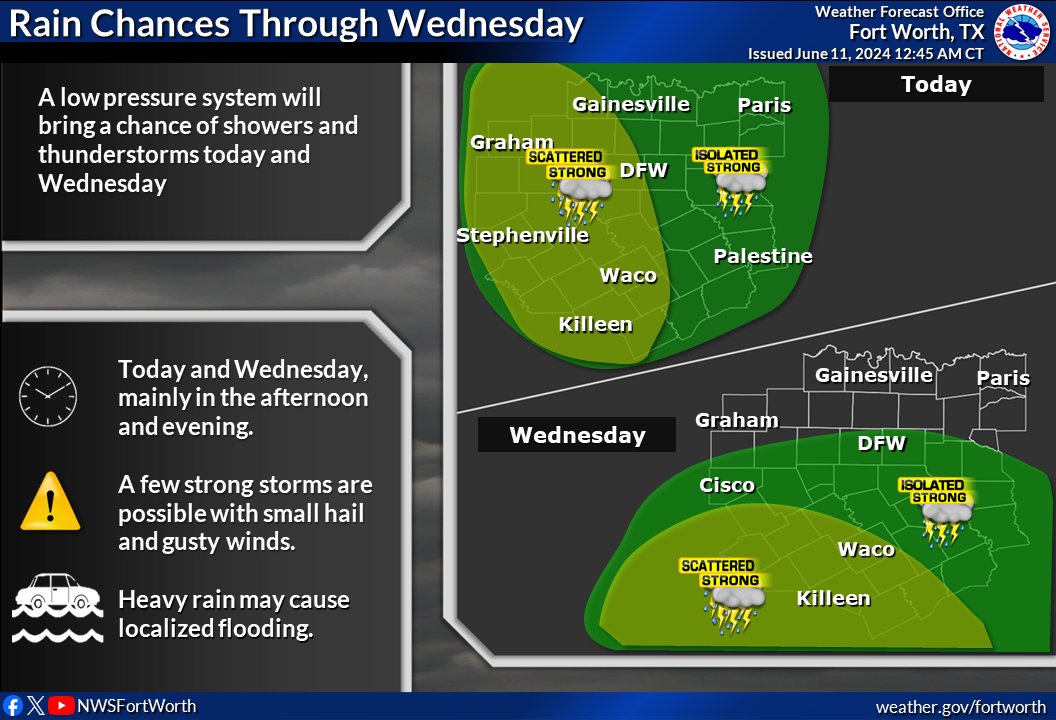
Forecasters have indicated that the system is intensifying as it moves northward. Coastal areas are expected to experience the heaviest rainfall, accompanied by gusty winds reaching speeds of up to 60 kilometers per hour. Inland regions are also likely to see increased precipitation and potential flooding in low-lying areas.
Authorities are taking precautionary measures to minimize the impact of the approaching storm. Emergency services are on high alert, and local governments are advising people to stay indoors and secure any loose objects that could become hazards due to the strong winds. Fishermen have been advised to avoid venturing into the sea until the system passes.
The India Meteorological Department (IMD) has been closely monitoring the situation. According to the IMD, the low-pressure system is expected to bring widespread rainfall, with some areas potentially receiving up to 150 millimeters of rain in a single day. This heavy rainfall could lead to localized flooding and waterlogging in urban areas, disrupting daily life and transportation.
Airports in affected regions are preparing for potential disruptions. Flights may be delayed or canceled due to poor visibility and strong winds. Passengers are urged to check with airlines for updates on their travel plans.
The weather phenomenon is also expected to impact agricultural activities. Farmers in affected regions are being advised to take measures to protect their crops from potential damage due to excessive rainfall and strong winds. The agricultural sector is particularly vulnerable during this time, and authorities are working to provide support and resources to minimize losses.
Environmental experts highlight the importance of preparedness in mitigating the effects of such weather events. Effective communication between meteorological agencies, government bodies, and the public is crucial in ensuring that timely information and warnings are disseminated. Community preparedness and resilience are key factors in reducing the adverse impacts of severe weather.
In urban centers, the drainage systems are being scrutinized to ensure they can handle the anticipated influx of water. Municipal workers are clearing drains and removing debris to prevent blockages that could exacerbate flooding. Public transportation services are also being prepped for potential delays and rerouting due to waterlogged roads.
The coastal states are particularly vigilant, as they are likely to face the brunt of the storm. Schools and offices in vulnerable areas may be closed as a precautionary measure, and disaster response teams are on standby to assist with any emergencies that may arise. Residents are encouraged to stock up on essential supplies and stay informed through official channels.
The formation of such low-pressure systems in the Arabian Sea is not uncommon during this time of the year. However, the intensity and trajectory of each system can vary, making continuous monitoring and preparedness essential. As climate patterns evolve, there is an increasing emphasis on enhancing predictive models and response strategies to better cope with these natural phenomena.
Meteorologists and climate scientists continue to study the patterns and impacts of such weather systems, aiming to improve forecasting accuracy and public awareness. Ongoing research and technological advancements play a critical role in understanding and managing the effects of extreme weather events.
As the low-pressure system approaches, the country's readiness and response mechanisms are being tested. The collaborative efforts of various agencies and the proactive measures taken by communities are pivotal in navigating through the challenging weather conditions expected in the coming days.
